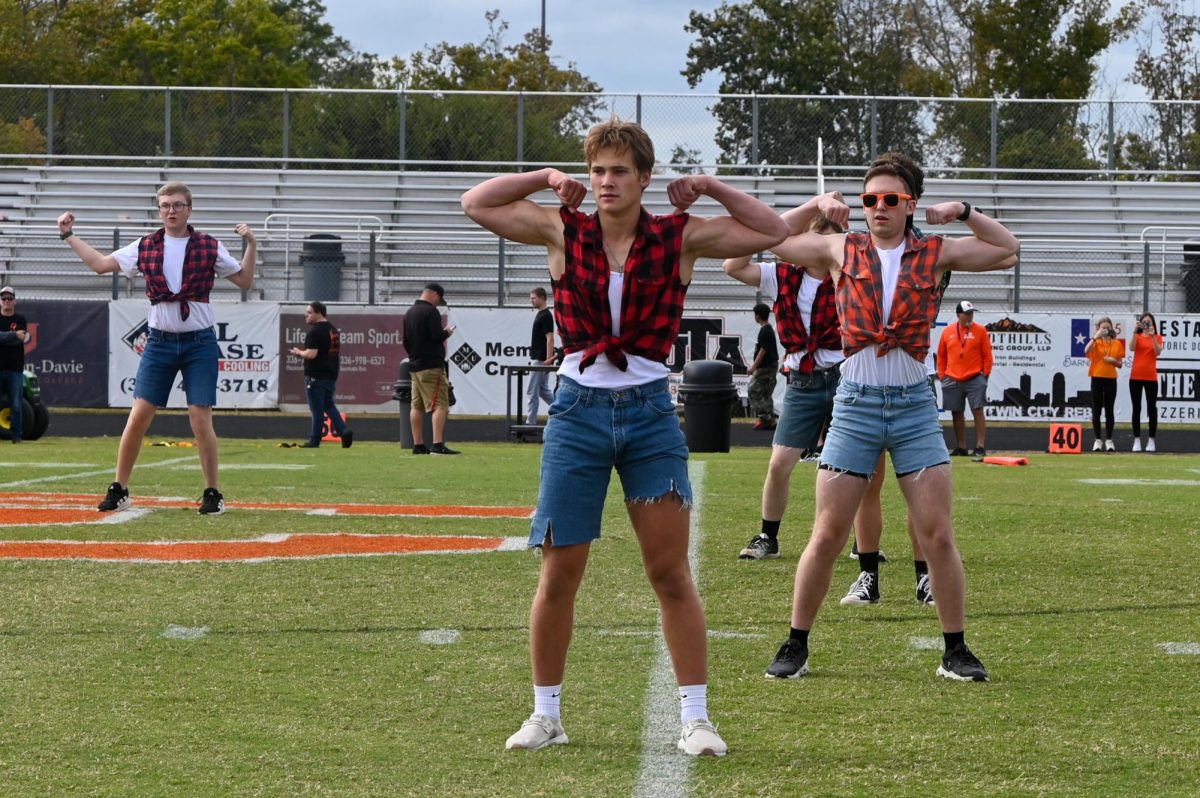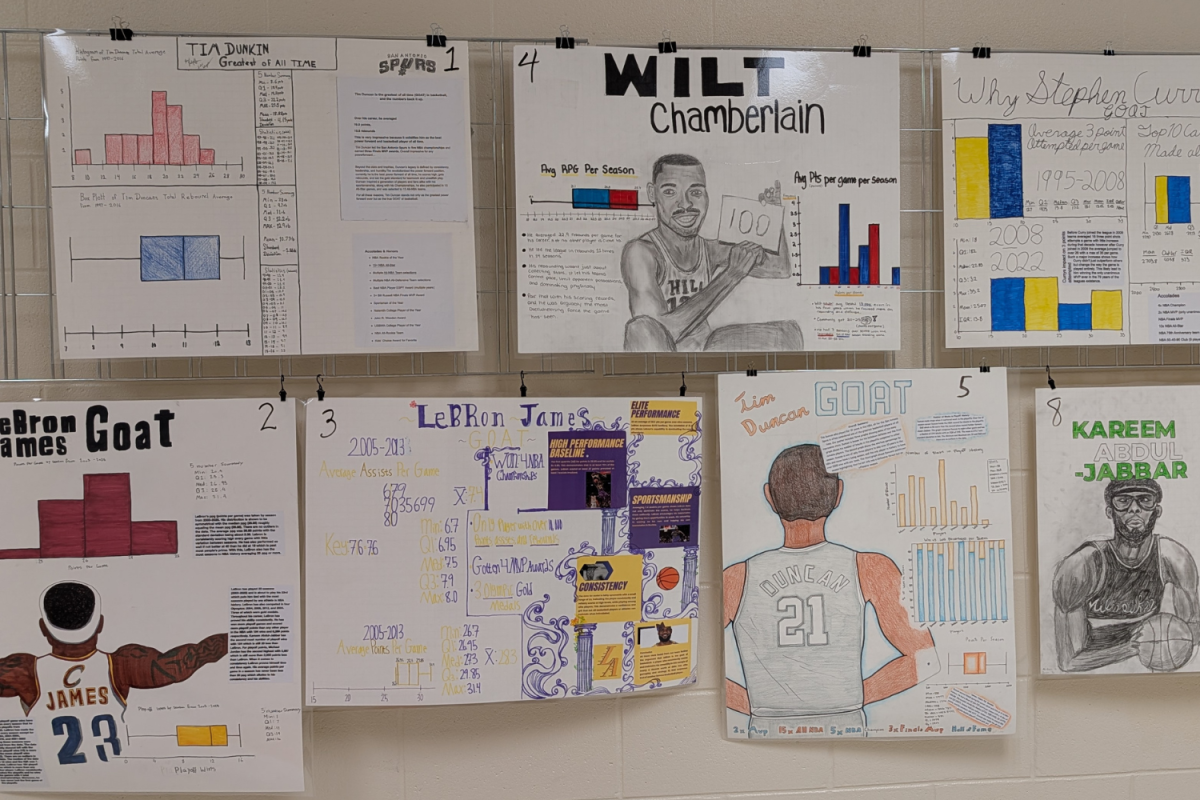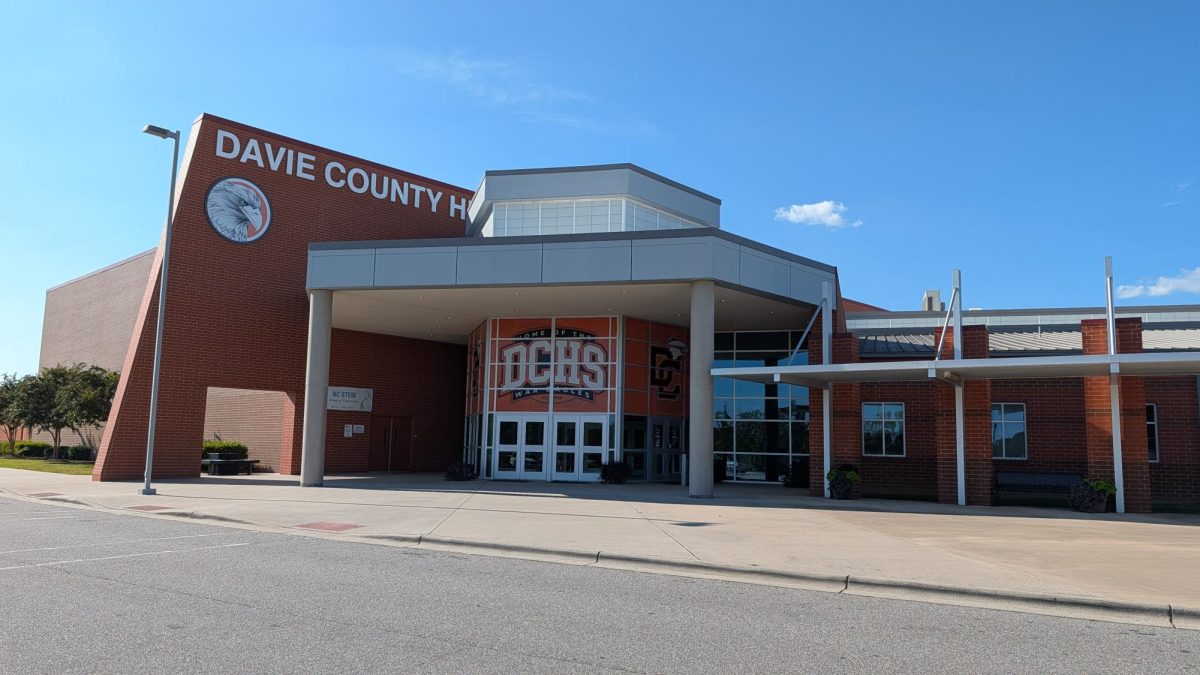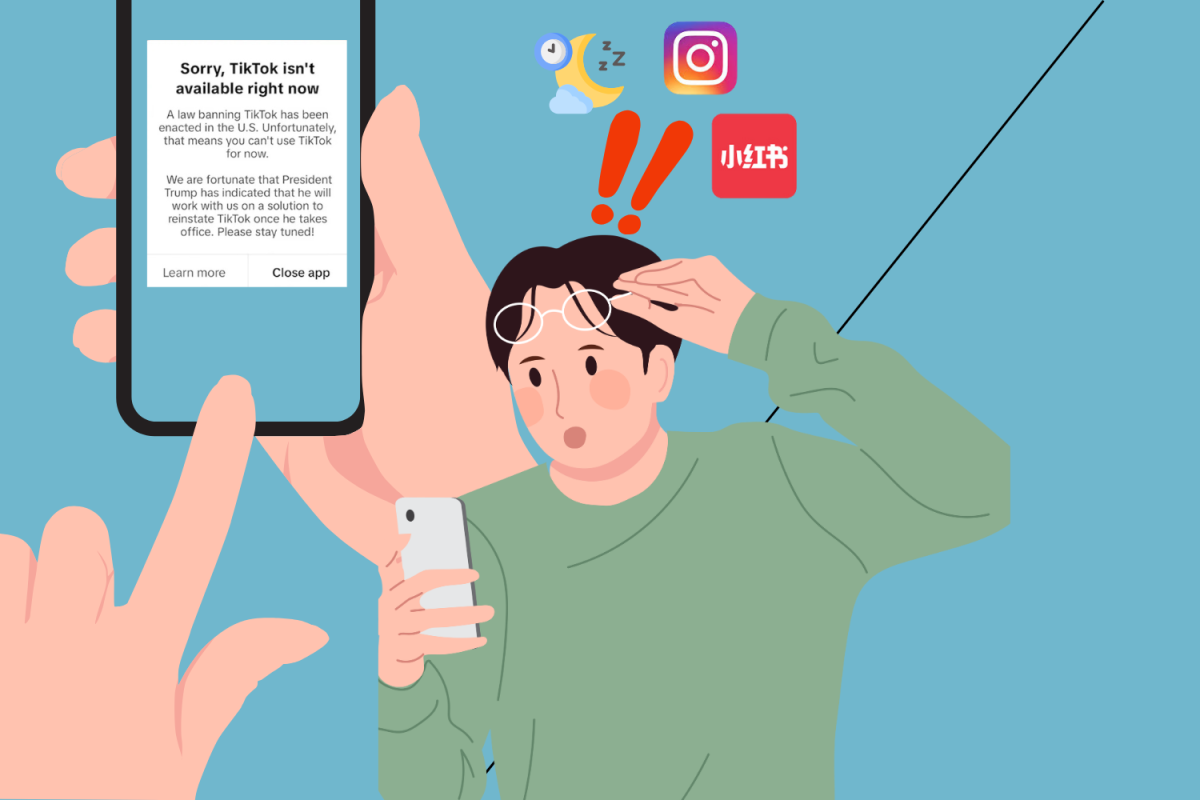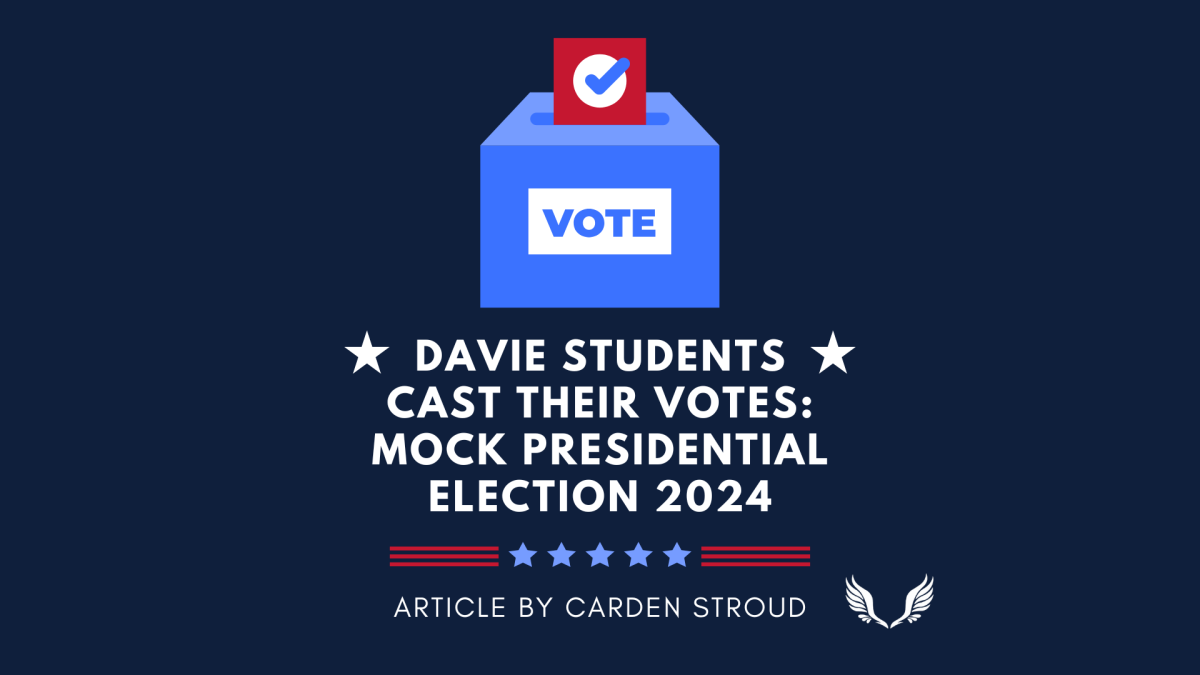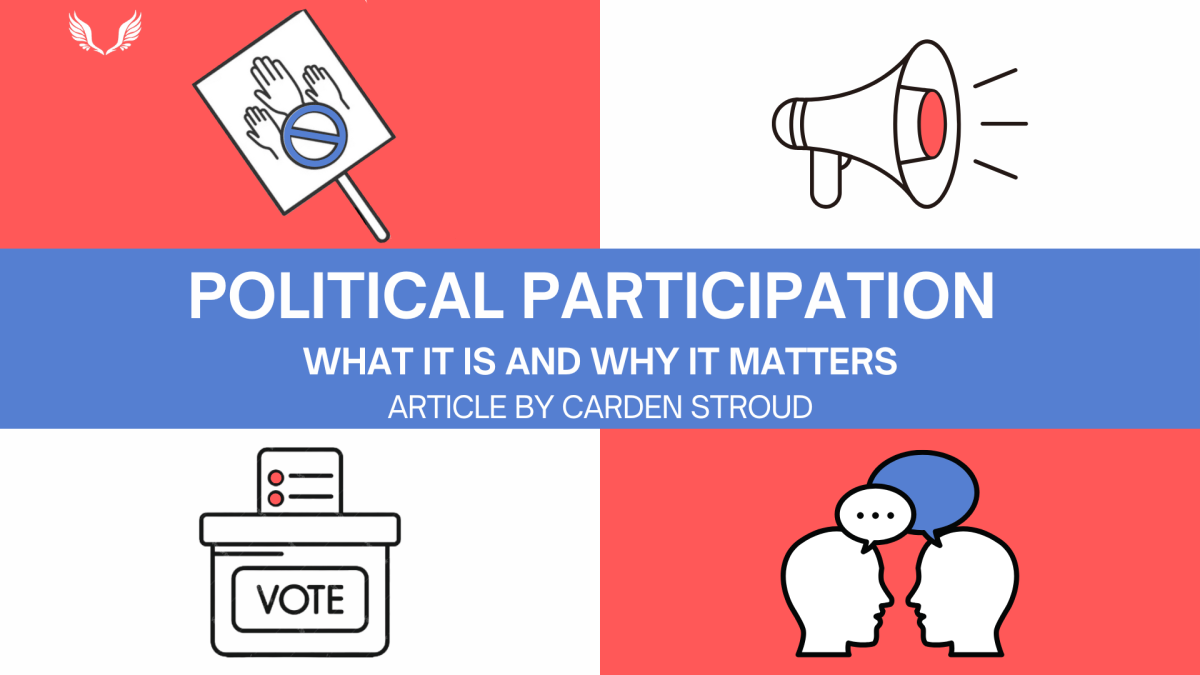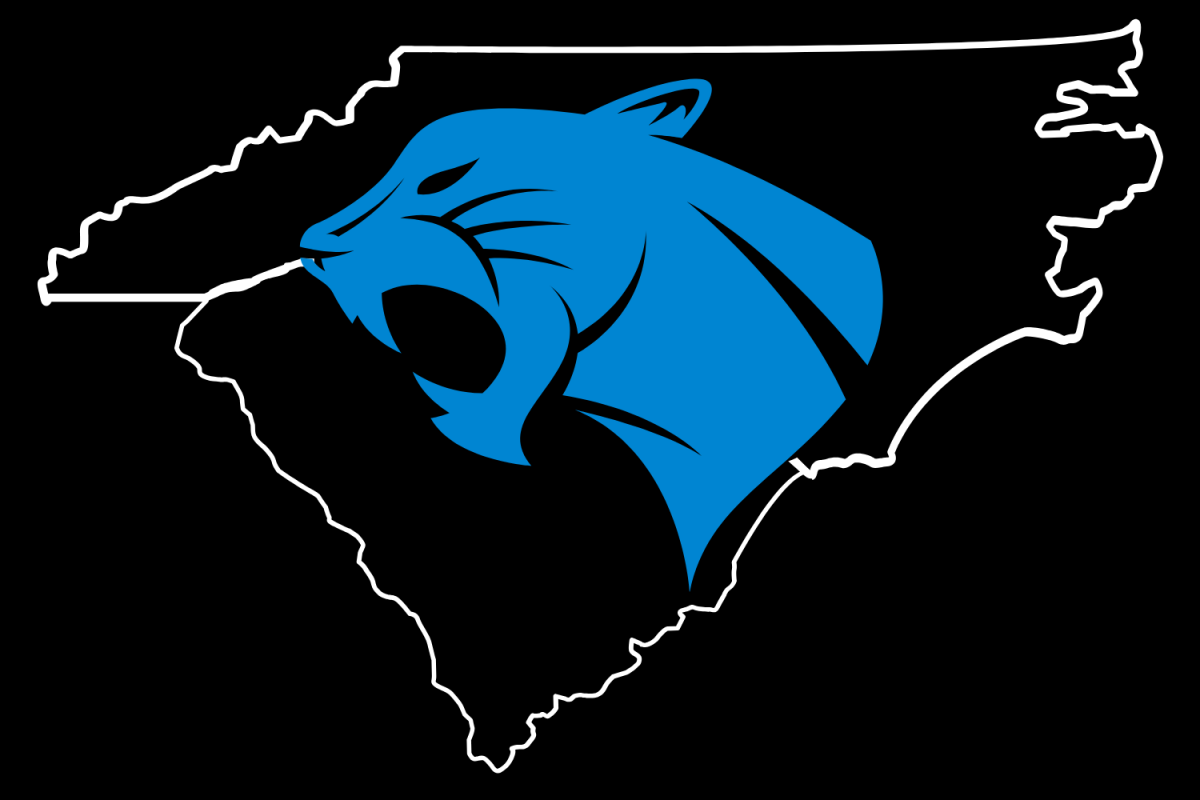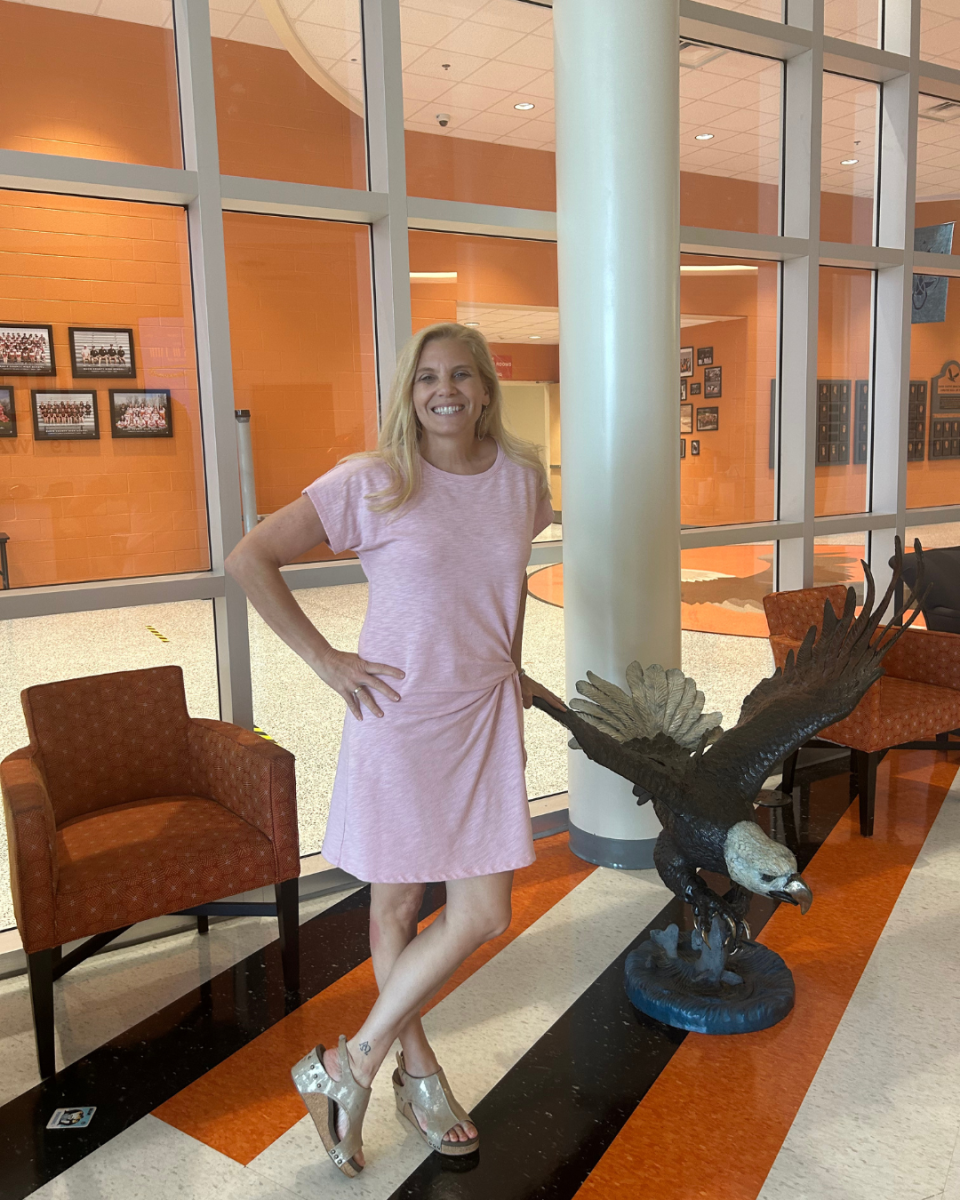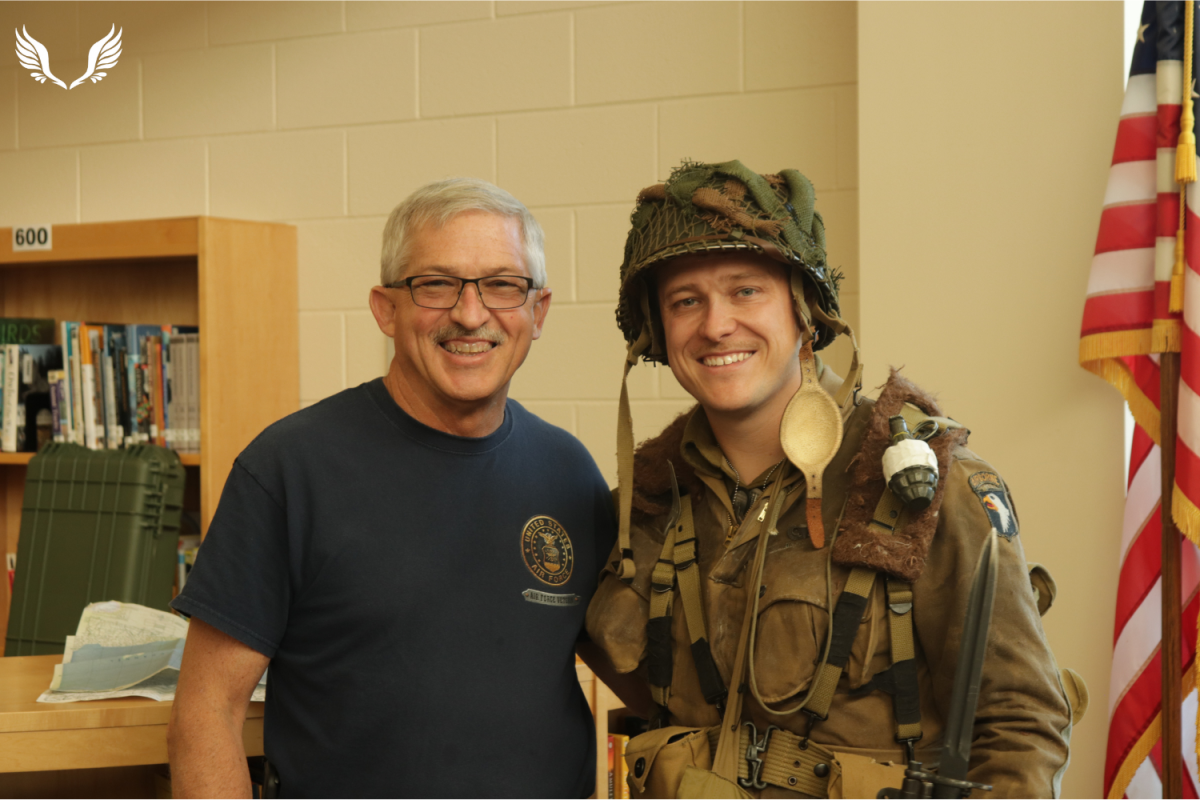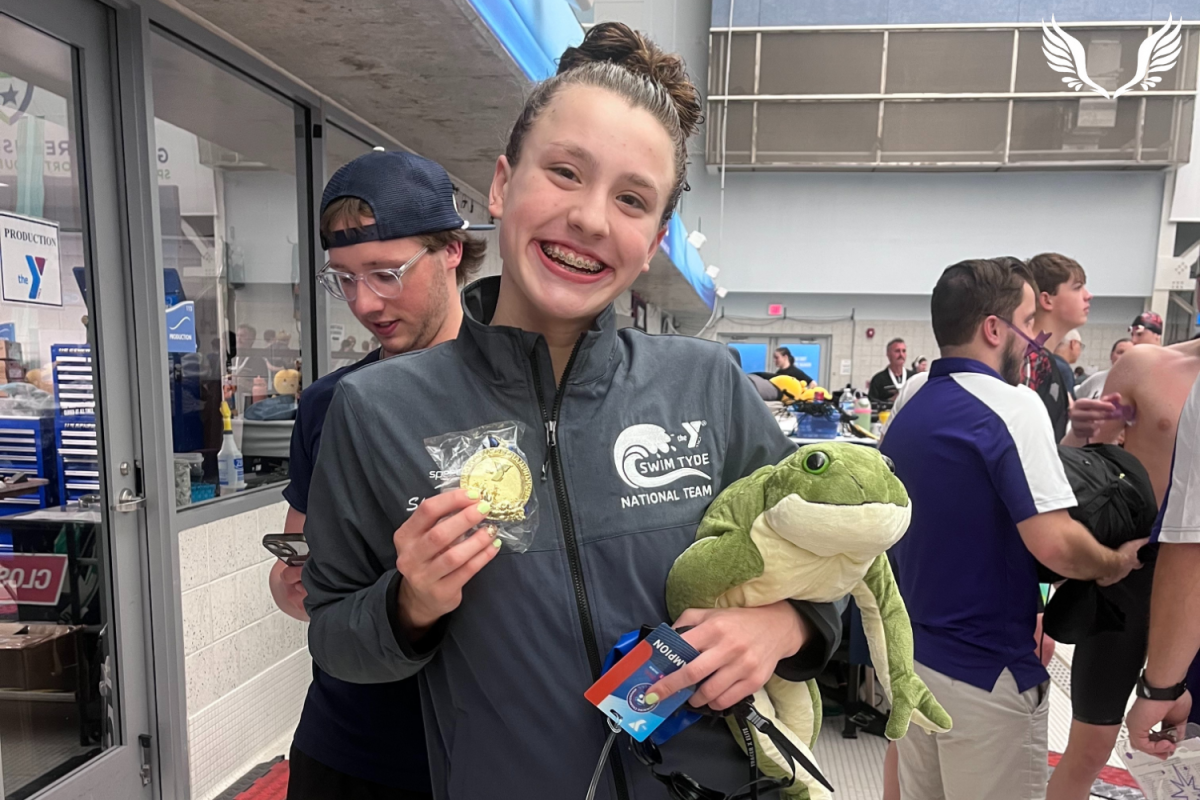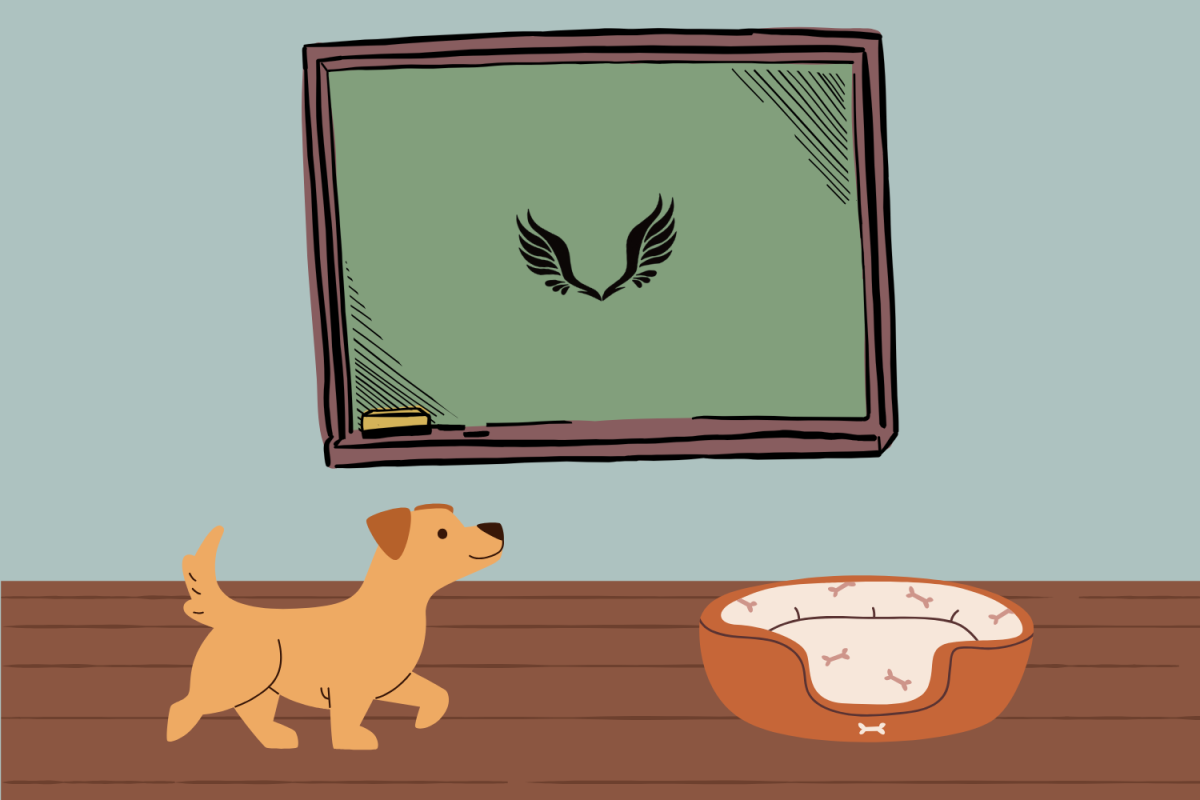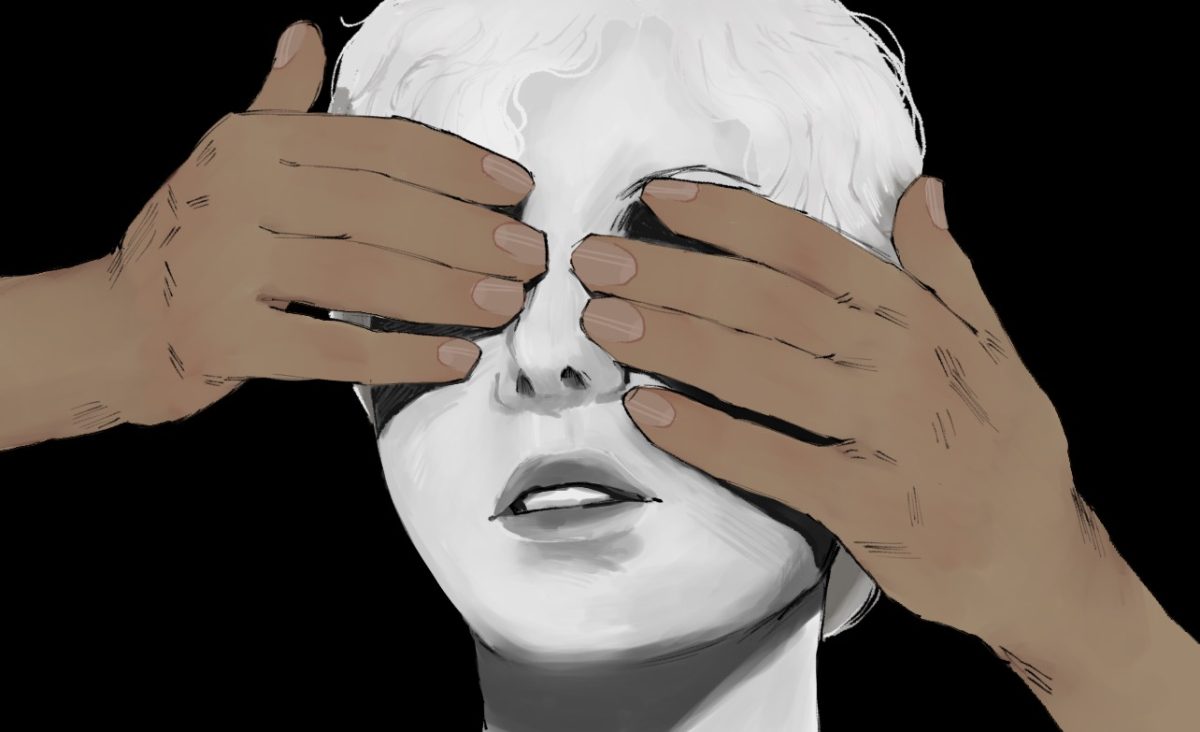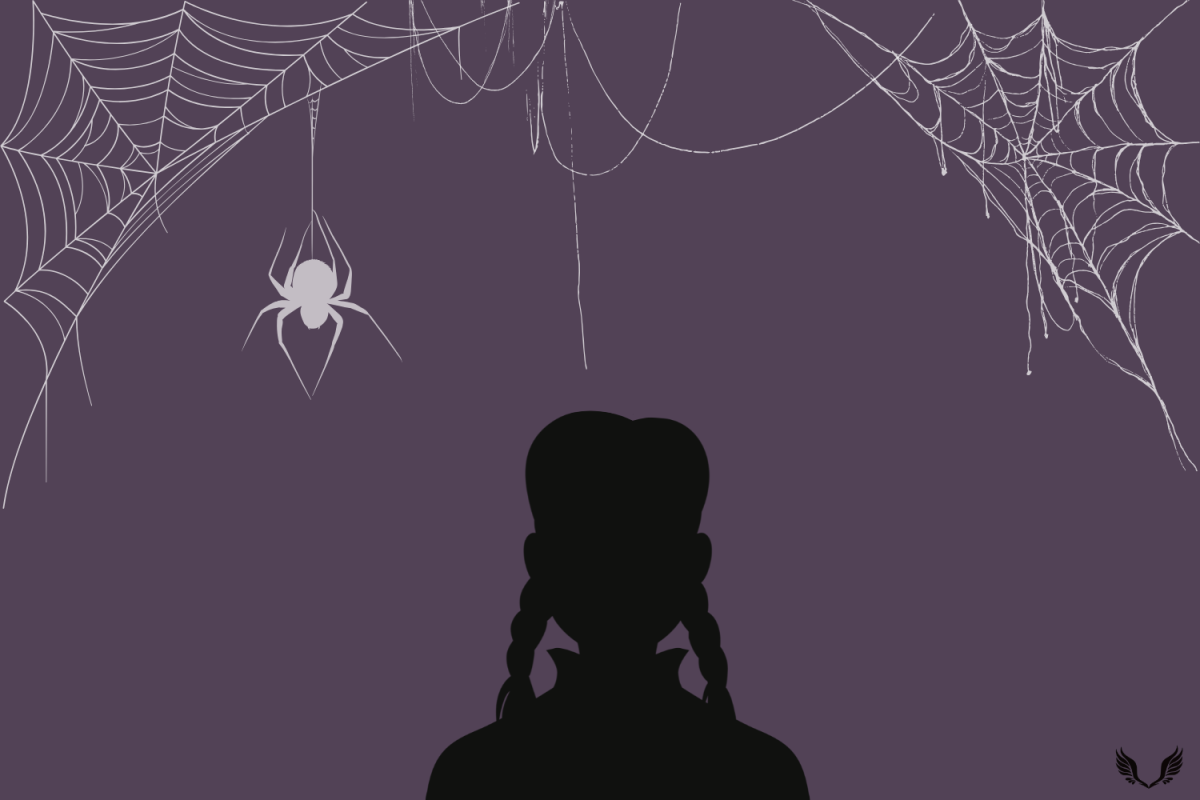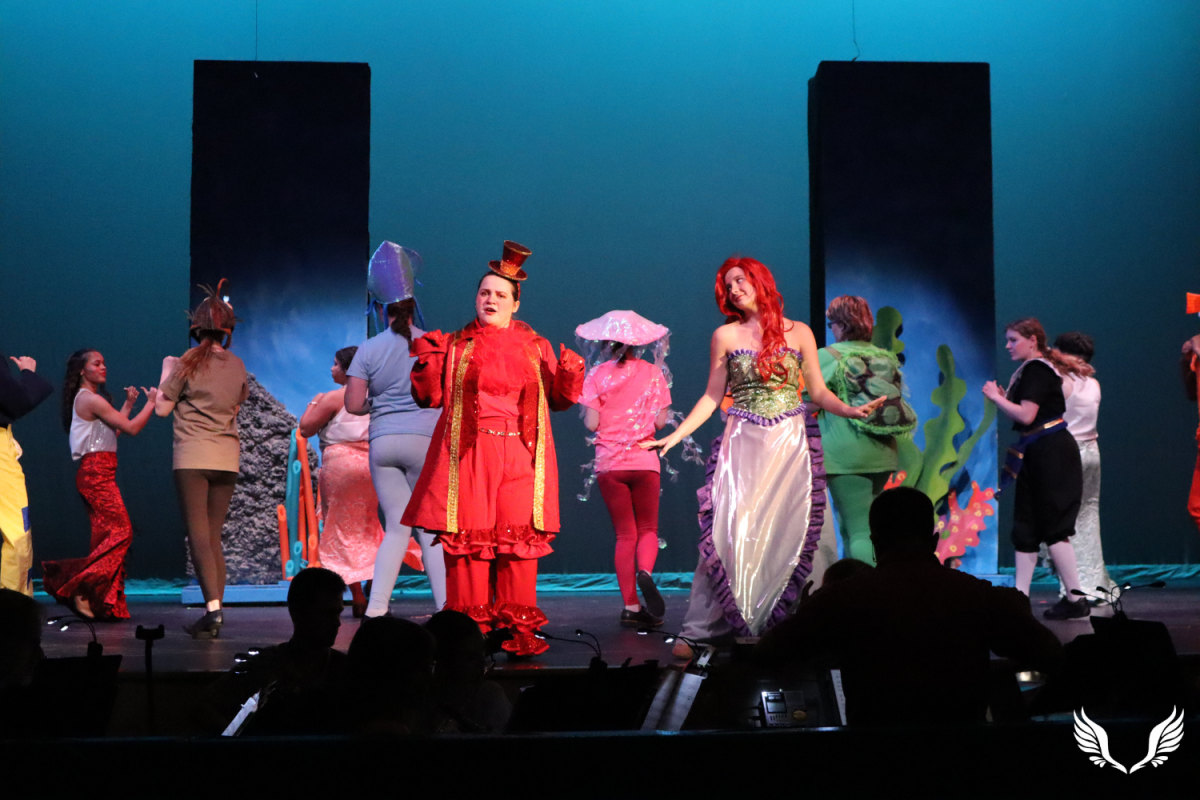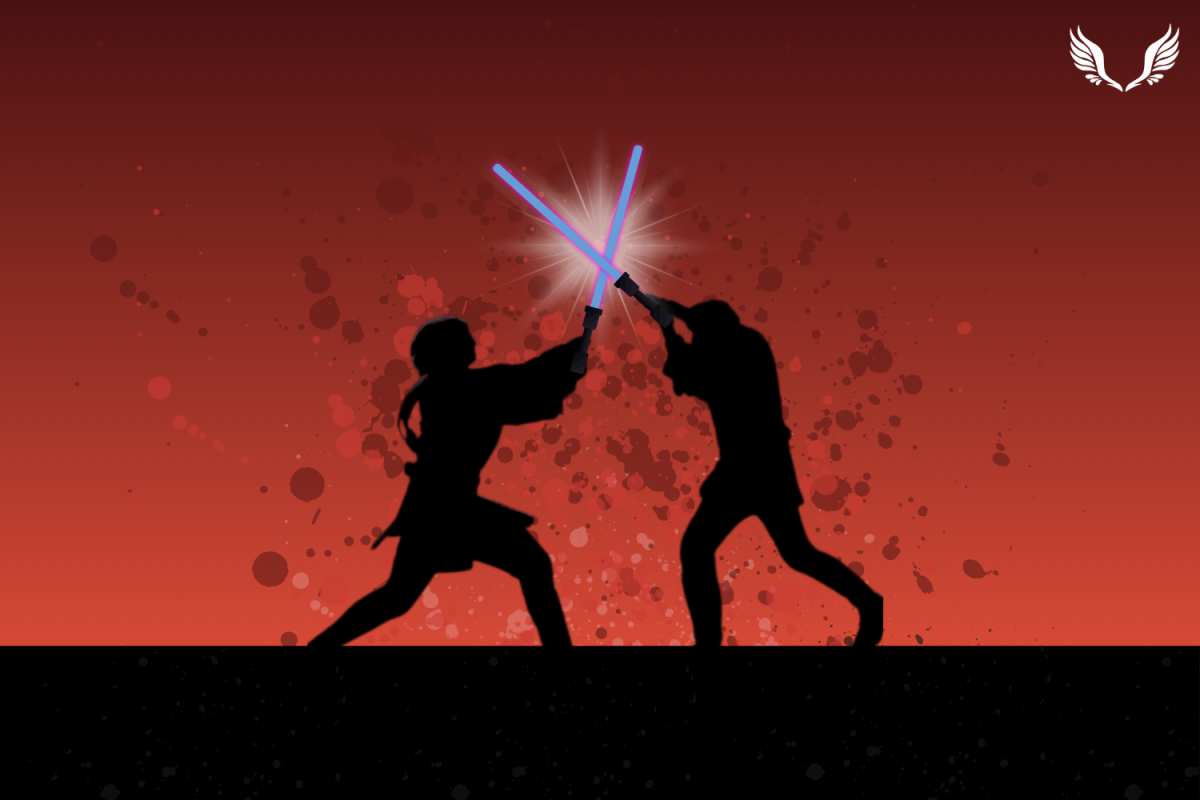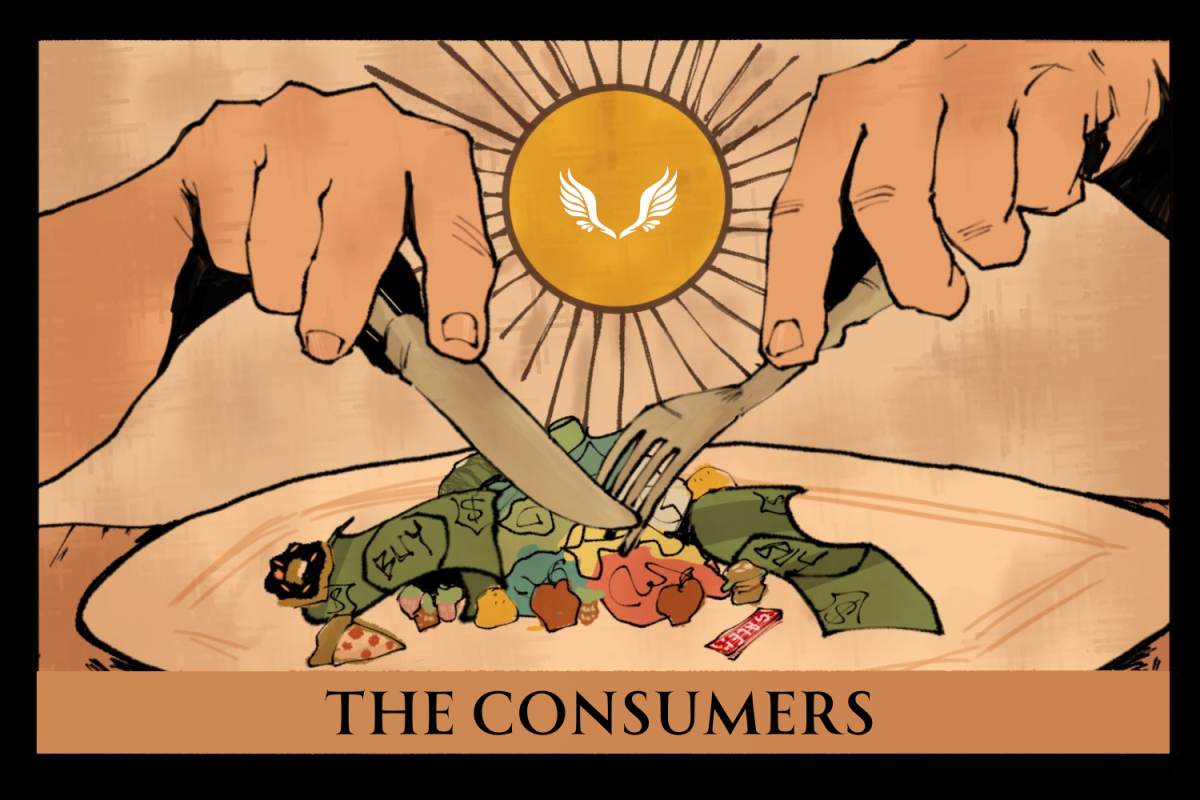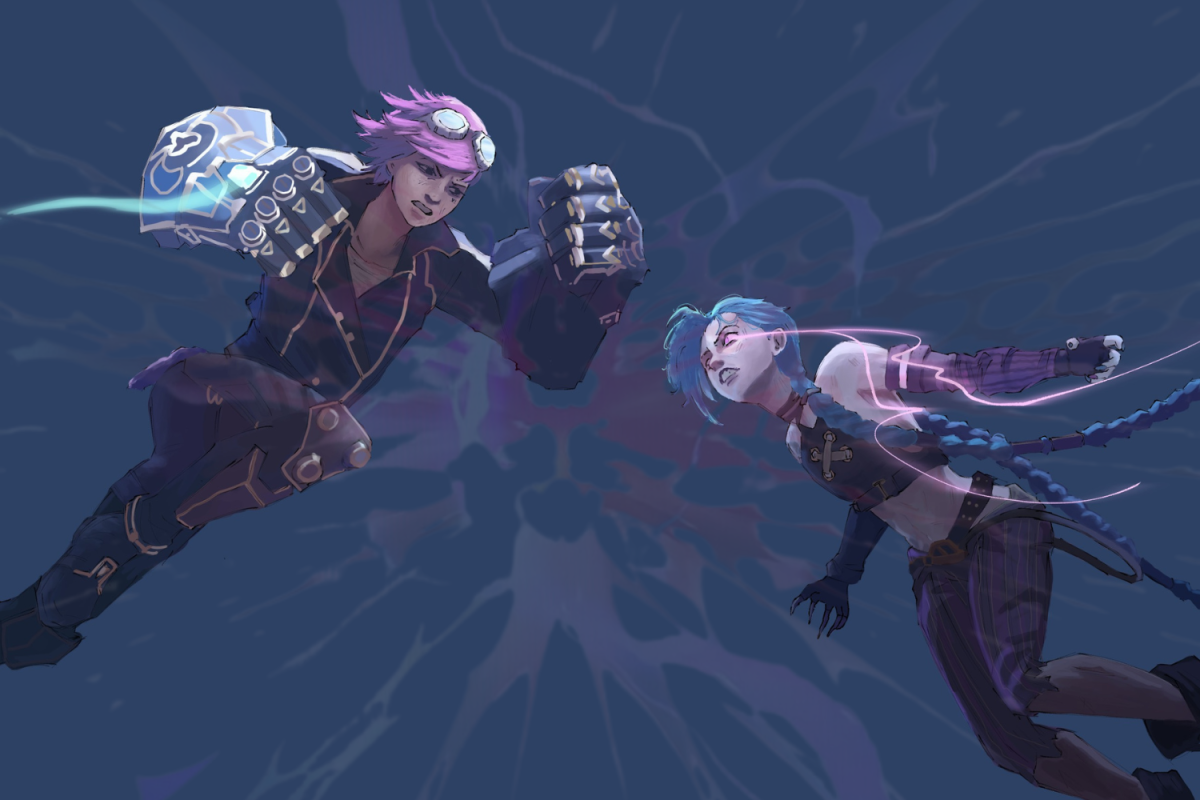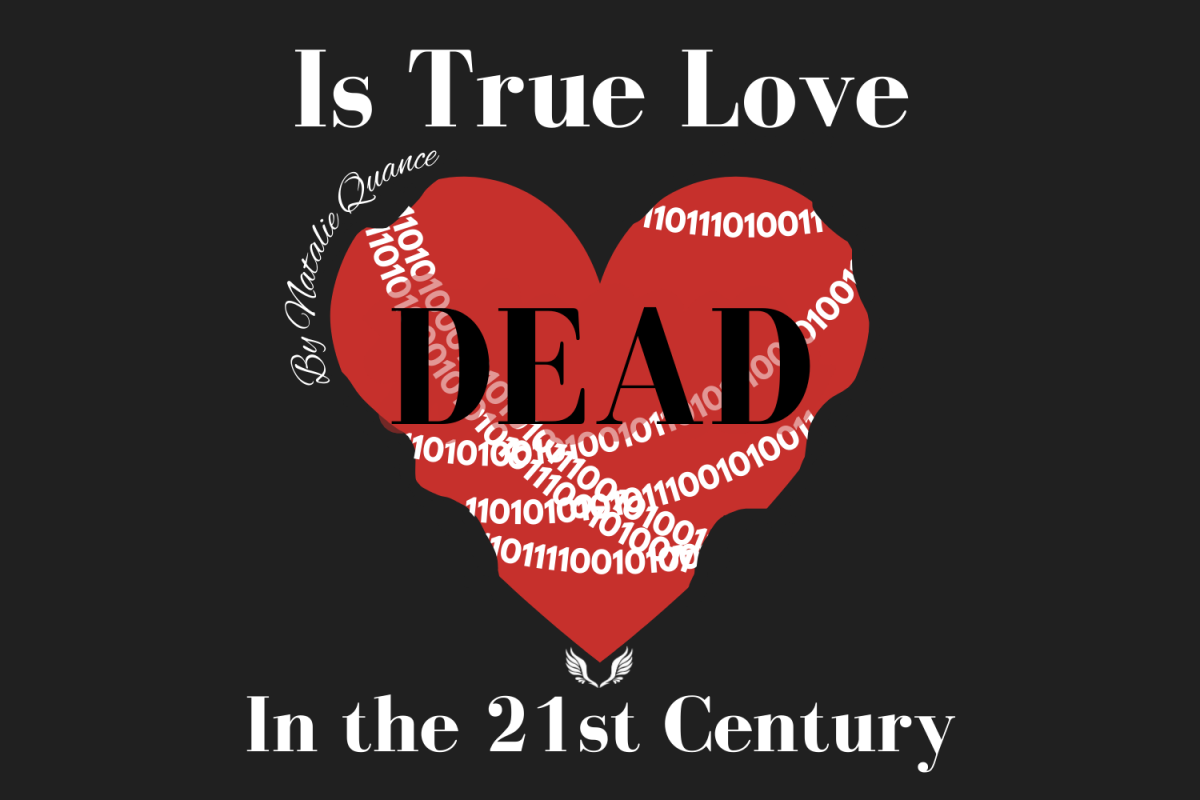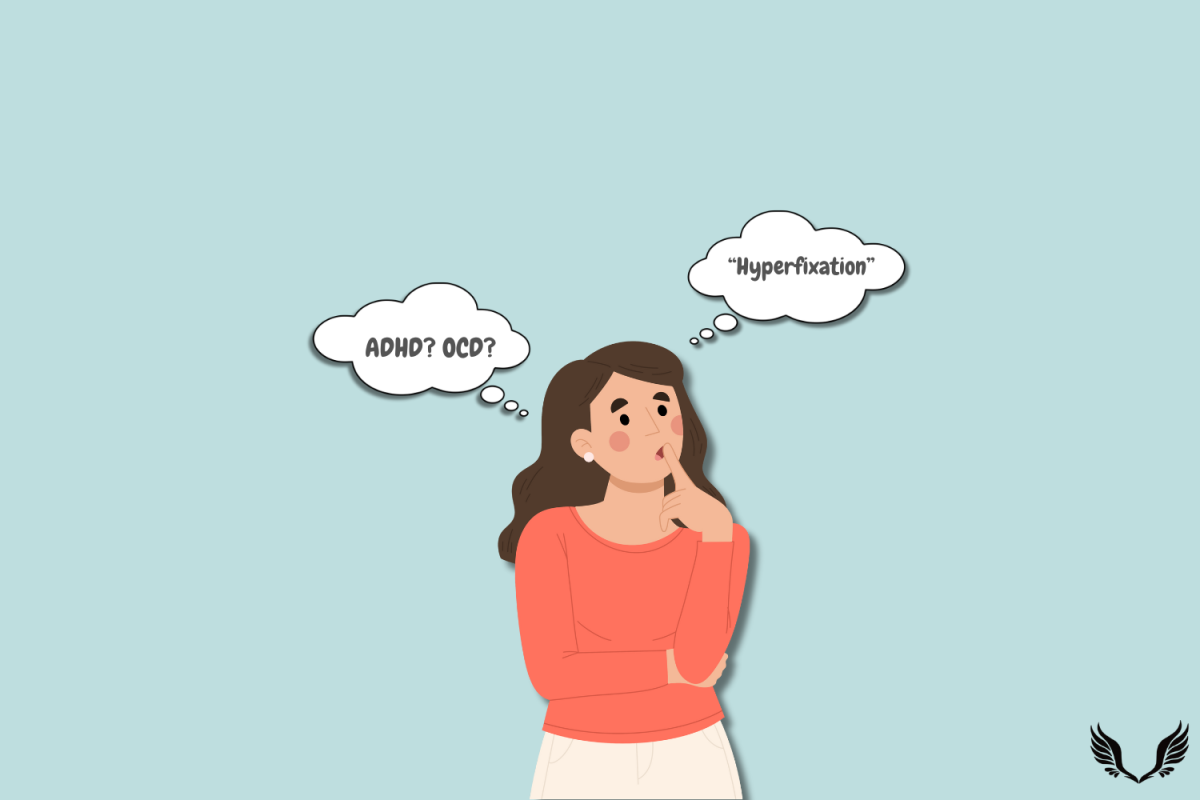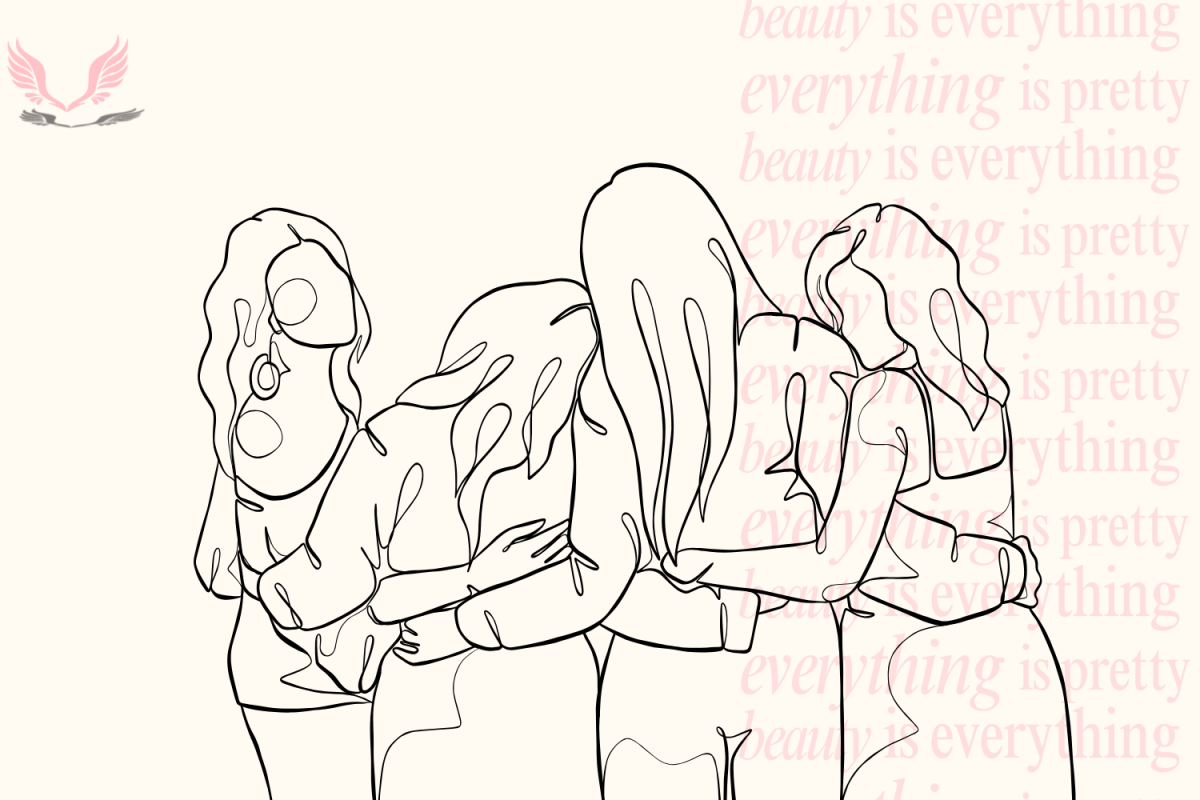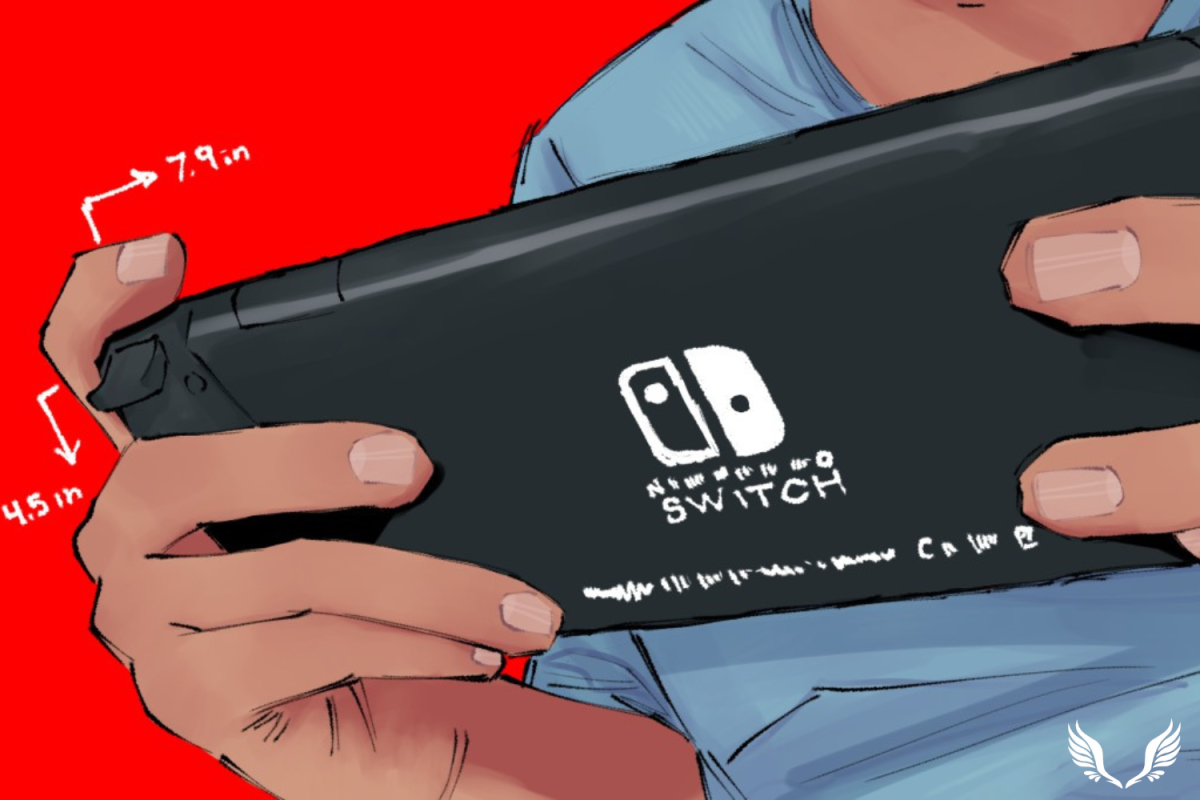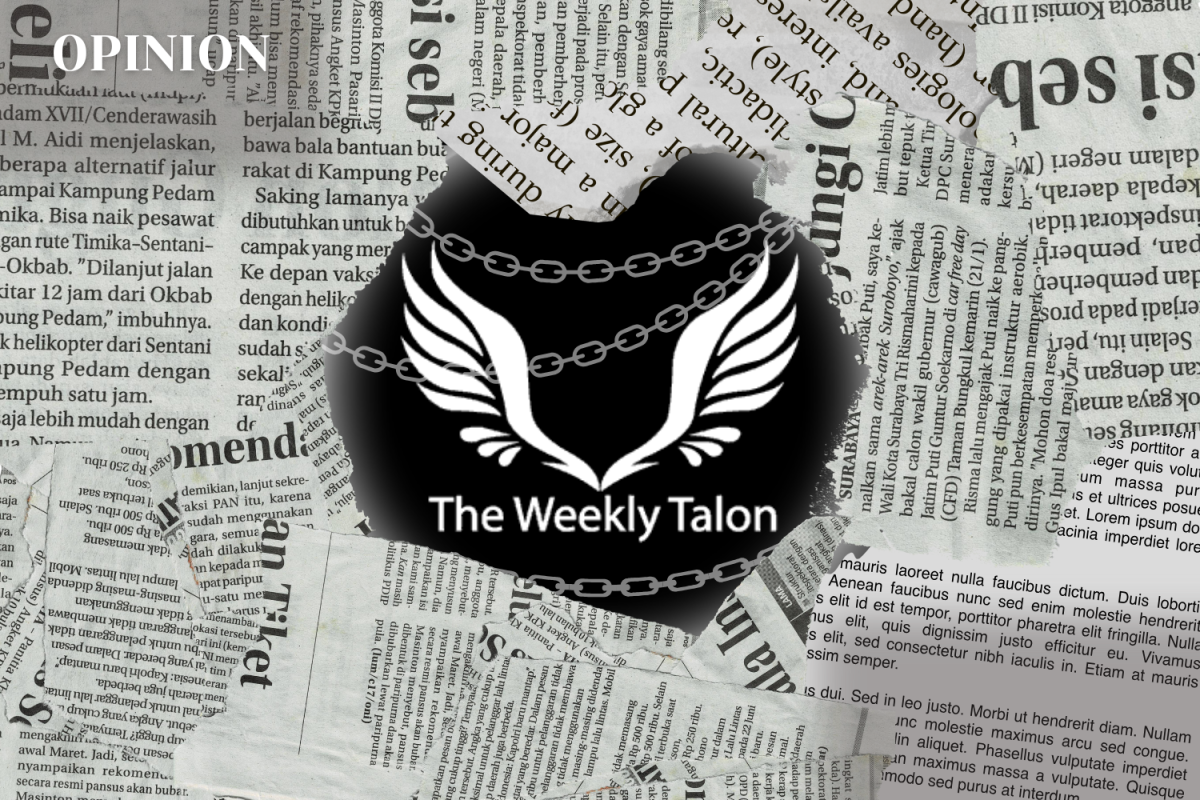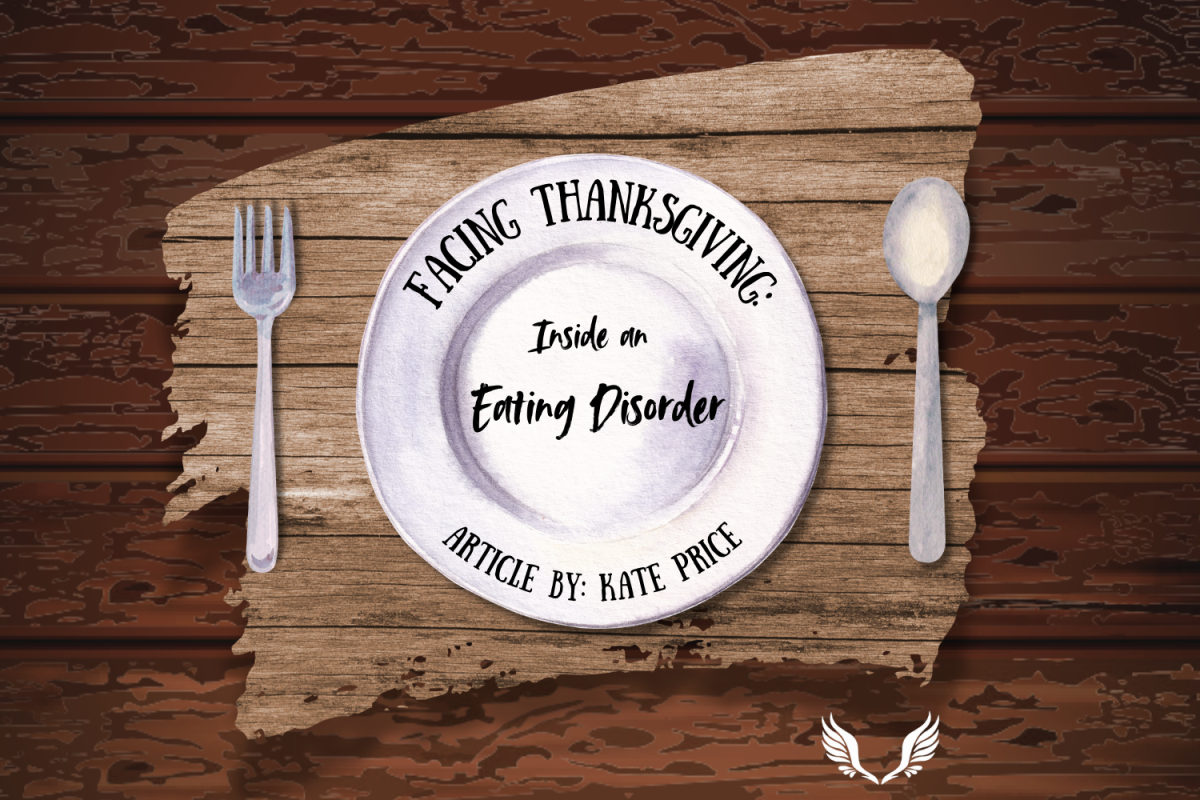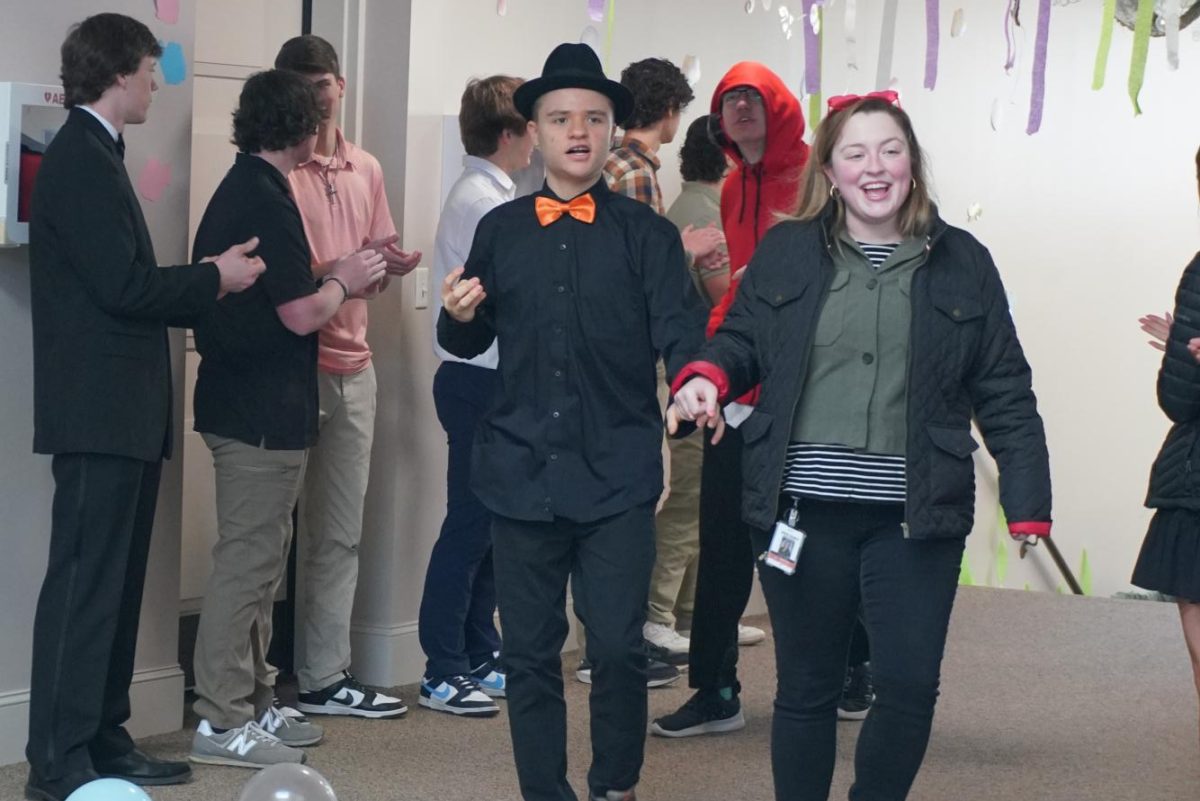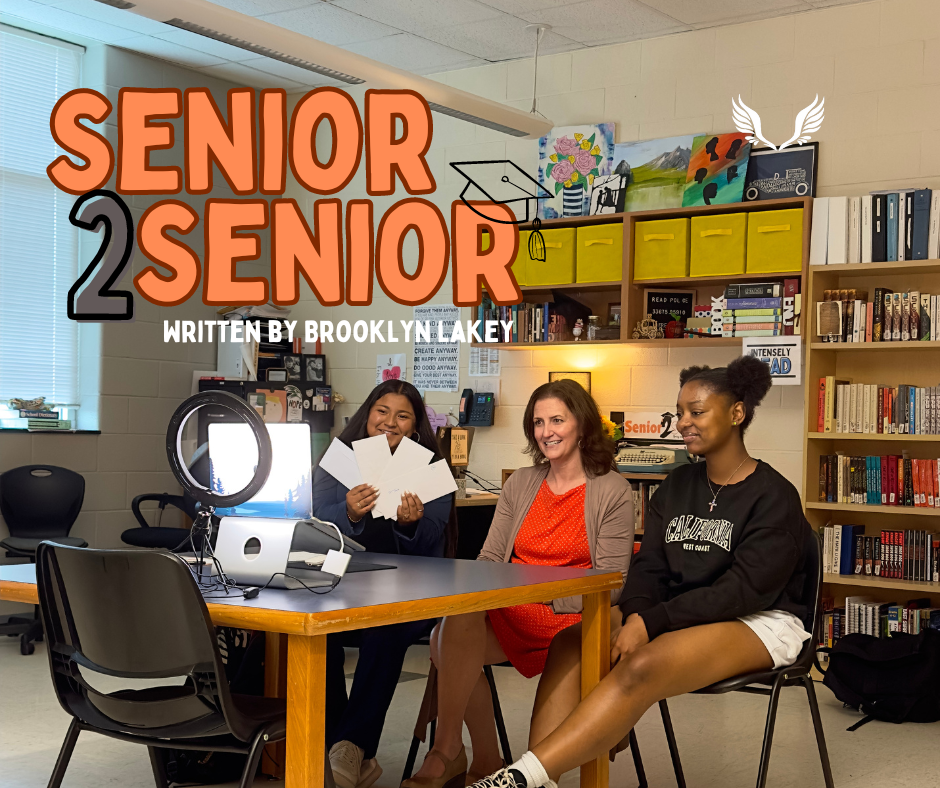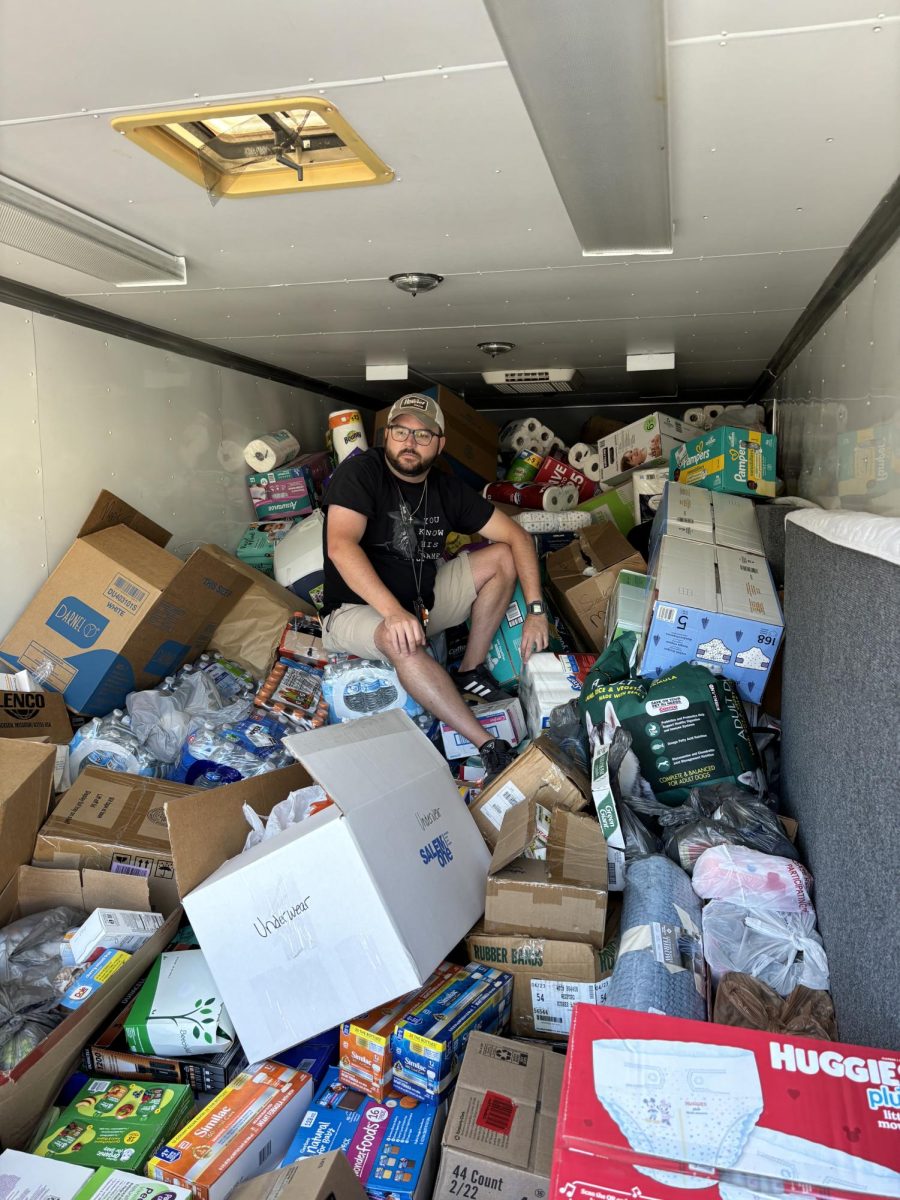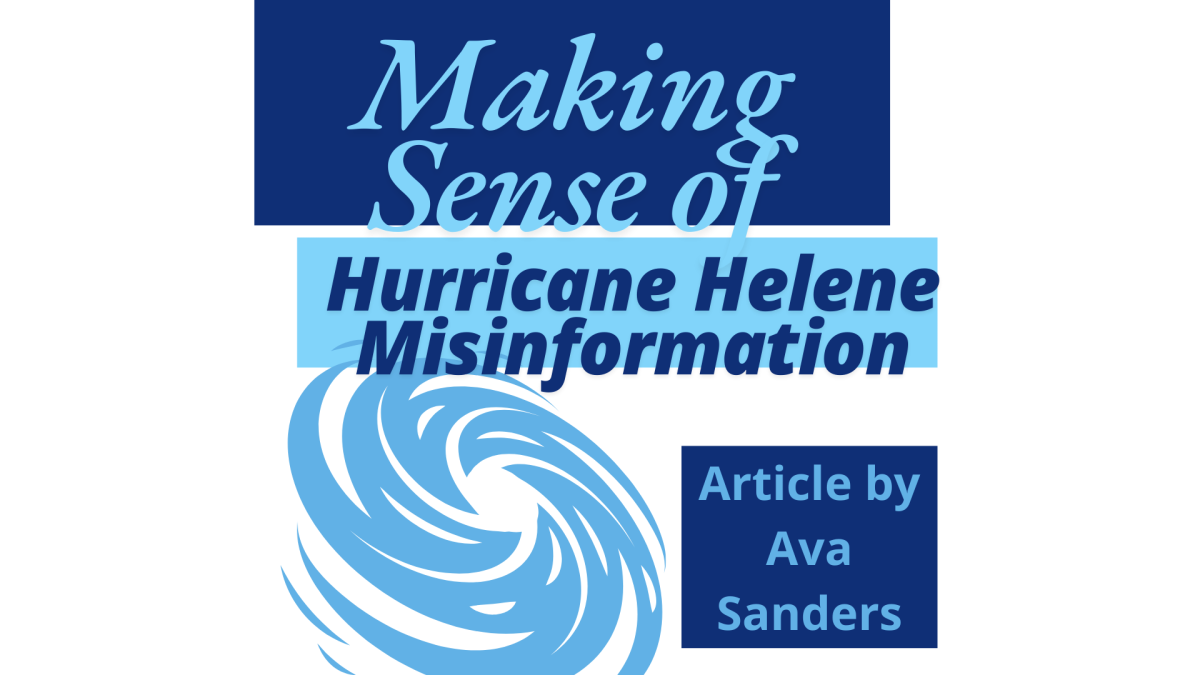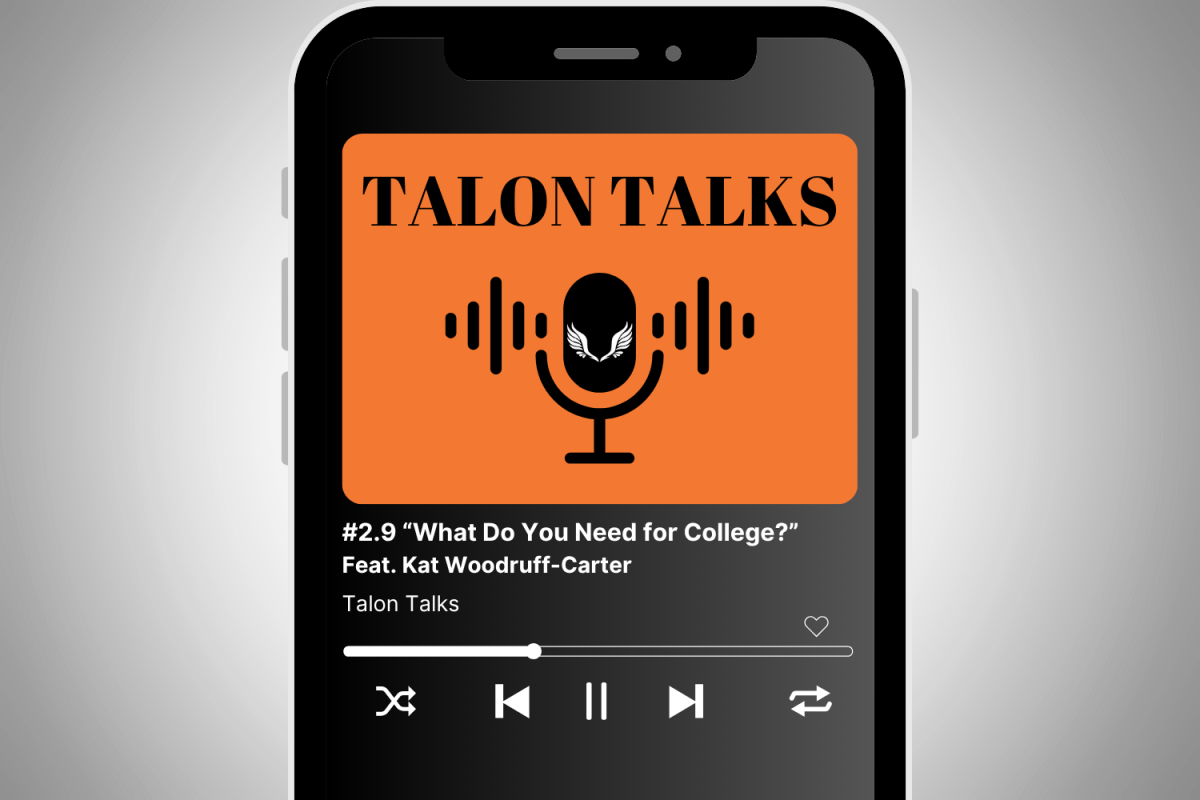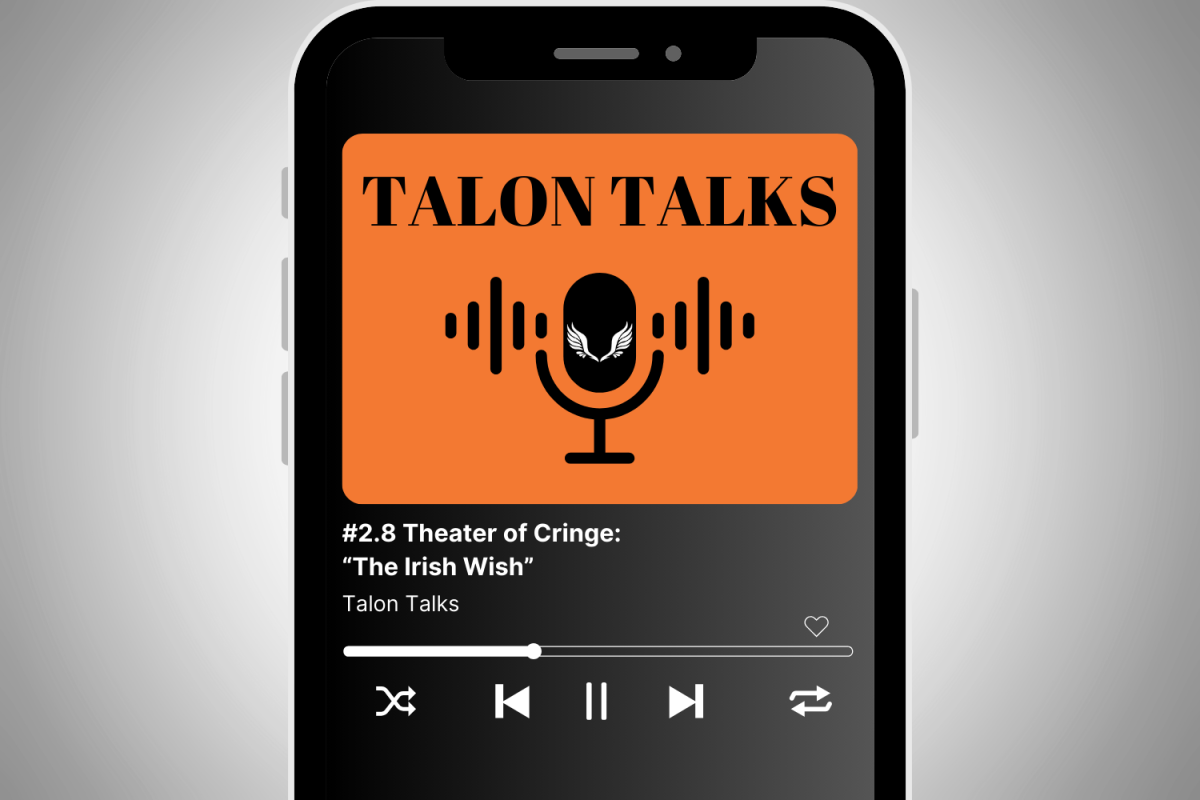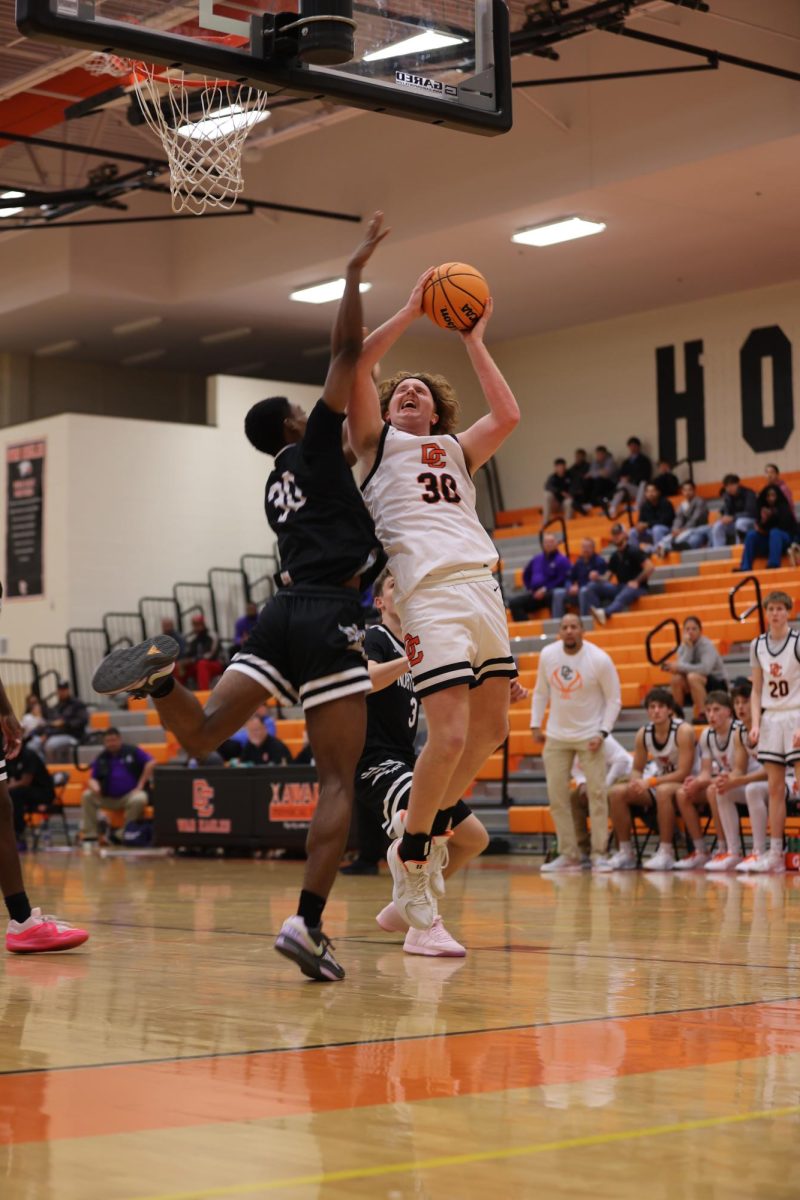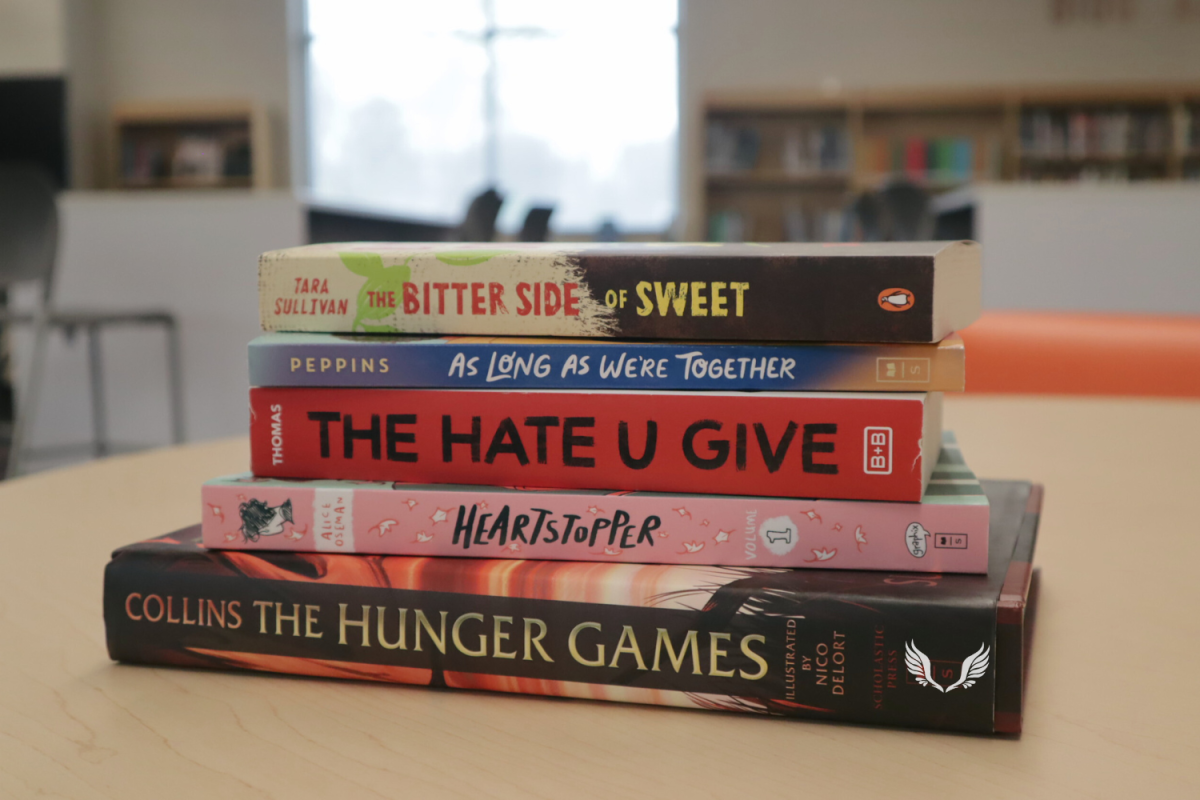“I didn’t realize that I saw things differently til 4th grade. I always thought everyone else saw the way I did.”
Jackson Powers, a senior at Davie, is just like any other student—active in sports, figuring out his future college plans, all while looking forward to graduation and enjoying time with his friends. His success on the basketball team has been evident throughout his years at Davie, and he has carried that drive into his work in the classroom as well, though this setting presents its own unique challenges. For him, letters and words appear to shake and move, making it difficult to focus and decipher what’s on the page. This phenomenon is a common occurrence for many people with dyslexia.
Dyslexia is a neurological condition and specific learning disability that affects accurate word recognition, spelling, and the ability to decode and understand written language. When most people think of dyslexia, they mistakenly believe it means seeing words or letters backward—a common myth. Dyslexia is a neurological disorder that is often misunderstood and far more common than many realize. Approximately 20 percent of the population is affected by dyslexia, making it one of the most prevalent learning disabilities worldwide.
While most people have heard of dyslexia it can be difficult to recognize it affects people in their community. As with most neurological conditions, there can be different levels of severity. Most people learn to live with the disorder even without being diagnosed.
Though it presents unique challenges, people with dyslexia can live completely normal and fulfilling lives. When asked how his diagnosis affects his day-to-day life, Powers notes that while he often takes longer to complete certain assignments and receives extra time on tests, he does not feel as if his dyslexia keeps him from being successful or working hard.
Students like Powers have proven to be resilient, but dyslexia is different for every person, and it can also be tough for parents to see and learn how to help their children learn. One parent of a child with dyslexia who wished to remain anonymous discussed the unique challenges that come with this diagnosis.
“It can be hard at times,” the parent said. “It’s hard to help your kid learn when you don’t understand what they see.”
With the right strategies and support systems, people with dyslexia thrive academically, socially, and professionally, proving that their differences can become strengths.
“All of our brains are complex,” the parent says. “Theirs are just wired a little differently.”
While life with dyslexia can be challenging, it often fosters a strong work ethic. Many individuals with dyslexia develop creative problem-solving skills and excel in areas outside of reading and writing, such as athletics, art, or mathematics. Famous figures like entrepreneur Richard Branson and actor Whoopi Goldberg have shared their experiences with dyslexia, proving that it’s possible to achieve great success despite the challenges.
Dyslexia is not a barrier to success but rather a unique way of seeing and interacting with the world. By understanding and supporting individuals with dyslexia, we can create an environment where everyone has the opportunity to reach their full potential. Organizations like the Dyslexia Foundation and the IDA provide valuable resources for families, educators, and individuals looking to learn more about the condition and how to support those who experience it.
Powers’s story, along with many others, is a reminder that a person’s learning abilities do not define their character or potential. Whether he’s excelling on the basketball court or finding ways to manage his schoolwork, he shows that determination can overcome any obstacle.

